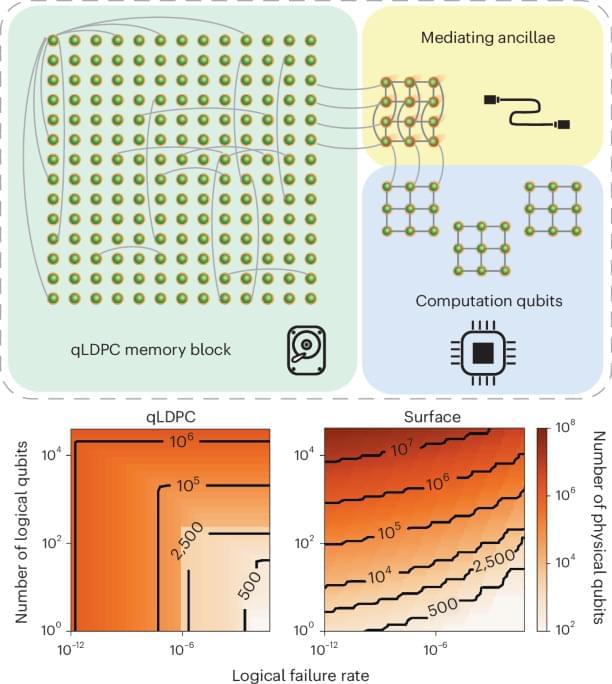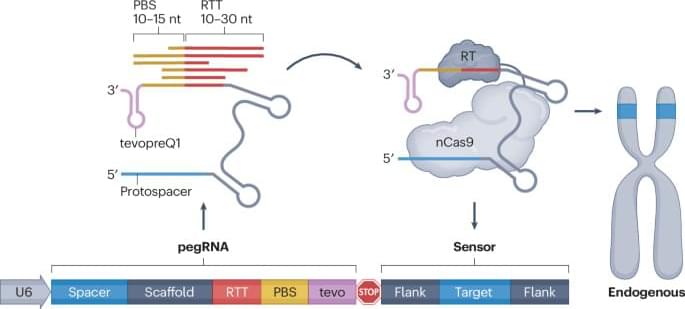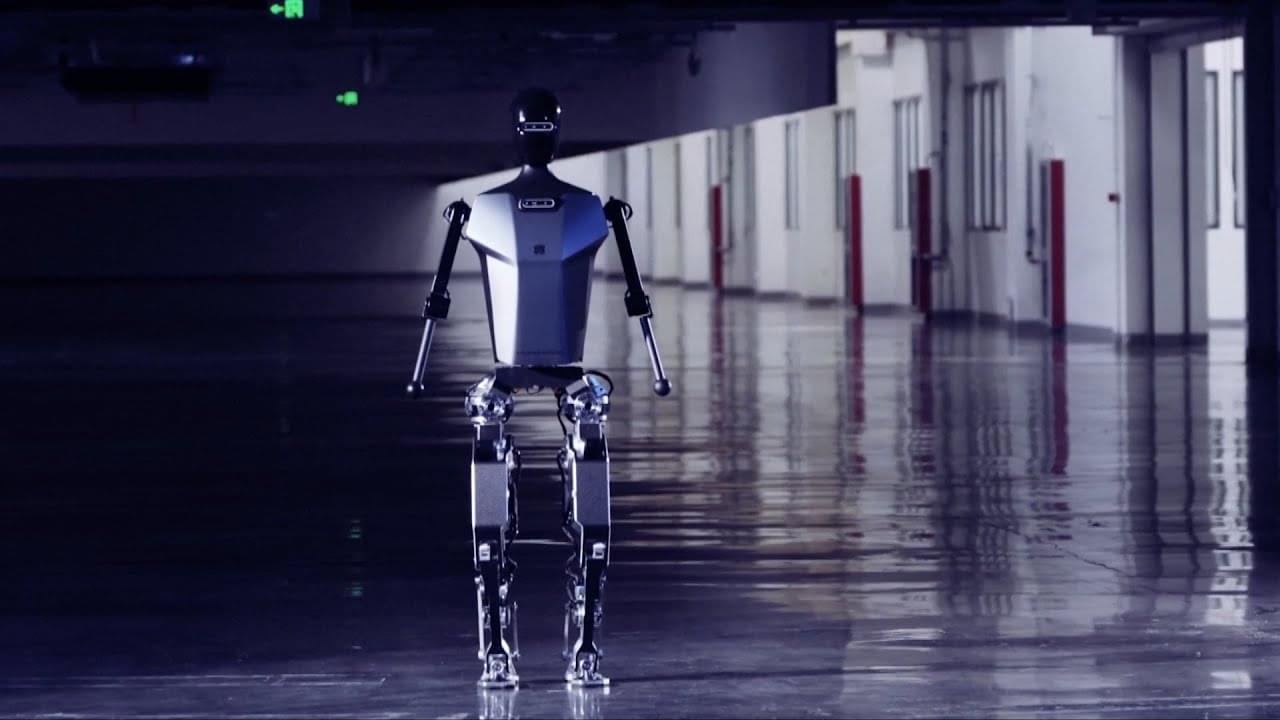Summary: Researchers explore the intricate mechanisms of memory and debunk common myths about its function. They argue that memory is not a static recording but a dynamic, editable process akin to a Wiki page, and emphasize that forgetting is a normal part of how our brains prioritize information.
Through practical strategies and cognitive psychology research, the book offers methods to enhance memory, from everyday tasks to complex learning processes. The authors also address real-world implications of memory understanding, such as in judicial settings where misconceptions can affect justice.









